Introduction: The Dawn of a New Era
The measure of intelligence is the ability to change. - Albert Einstein. This quote sheds light on how adaptability and innovation define our progress. In today's fast-evolving world, it's no wonder we're exploring the fusion of biology with artificial intelligence. When biological life meets the synthetic brilliance of AI, we're not just altering nature; we're potentially redefining it. Are we, as humans, ready to embrace a future where ecosystems might include bioengineered neighbors?
The emergence of Bio-AI hybrids represents a bold step into the unknown. Imagine if Frankenstein's monster had a Wi-Fi connection and you might just glimpse the scope of what's at stake. Luminaries like Kevin Kelly, Jaron Lanier, and Ray Kurzweil have pondered similar possibilities, each offering insights into how technology could transform life as we know it. The real questions are these: What will these new lifeforms mean for humanity, and how might they shape our world? Are we venturing into a utopia or a Pandora's box of ethical concerns?
The Intersection of Biology and Artificial Intelligence
The fusion of biology and artificial intelligence isn't just something out of a sci-fi novel; it’s a quantum leap in our understanding of what life can be. At the heart of this evolution is a story that began with early genetic tinkering, winding its way through time to the sophisticated dance of today’s CRISPR technology. Genetic engineering was once akin to playing chess with life, and now, with AI at our side, it's more like a high-stakes poker game. So, how did we arrive here, and what exactly are we creating?
Historical Context
The journey from Mendel’s pea experiments to CRISPR evokes a tale of curiosity and ambition. Pioneers like Gregor Mendel, the father of genetics, laid the foundation for understanding inheritance, leading to breakthroughs in genetic medicine and agriculture. Now, artificial intelligence steps into the ring like the cool new kid in school, bringing with it machine learning algorithms that sift through vast data about genes and protein structures like a detective unraveling a complex riddle. This pairing has transformed the landscape of bioengineering, enabling the design of organisms tailored to specific needs or challenges. Think of it as opening a "create-your-own-lifeform" module on a futuristic app.
Defining Bio-AI Hybrids
But what exactly makes up a Bio-AI hybrid? These aren't your run-of-the-mill mutant ninja turtles; these are painstakingly engineered life forms, equipped with biological materials seamlessly interwoven with AI. Imagine a plant that intelligently adjusts its photosynthesis based on real-time weather data, or a bacterium that gobbles up pollution more effectively thanks to AI-crafted genetic enhancements. These projects, budding in labs across the globe, are at the forefront of reshaping life as we know it. The potential applications run the gamut—from ecological restoration to revolutionary health treatments—if we can navigate the intricate web of scientific, ethical, and societal challenges.
Current Developments in Bio-AI Technologies
As we dive deeper into the world of Bioinformatics and AI, we're witnessing a blend of science fiction and reality. These innovations are not just shiny new toys for scientists; they're the building blocks of the future. Let's get into the technologies that are driving this bold new world.
Synthetic Biology
If Mother Nature were a coder, she'd definitely use synthetic biology as her IDE. This field allows scientists to design and construct new biological parts, devices, and even entire systems. It's like LEGOs for grown-ups but with DNA. These designer organisms could eliminate waste, generate renewable energy, and even counteract climate change. Impressive, right? But this raises a question: what happens when nature starts getting jealous of our creations?
Machine Learning in Biological Research
Machine learning in biological research is like having a GPS for your biological maps. Its algorithms analyze vast quantities of data to identify patterns that humans might miss. This makes genetic modifications as predictable as the kitchen GPS telling you to make a left turn at the refrigerator. Whether it's predicting how an engineered microbe will react in a new environment or how a gene will express itself, AI models are becoming the undercarriage of biological discovery. They empower researchers to forecast outcomes and make bold predictions, helping us perhaps glimpse tomorrow...today!
Potential Applications of Bio-AI Hybrids
Moving from the lab to the real world, Bio-AI hybrids have the potential to make a giant splash across various domains. So, what’s cooking in the hybrid kitchen? Here are some deliciously groundbreaking examples!
Environmental Management
Imagine nature as a struggling artist, composing songs of forests and waterfalls. Unfortunately, sometimes that artist hits a sour note or two. Bio-AI hybrids could be the perfect backup singers for Mother Nature. Envision engineered organisms rehabilitating polluted areas, sequestering carbon, or even sorting out a landfill faster than you can sort recyclables on a Monday. These biological daredevils may just be the eco-superheroes we've been waiting for to bravely tackle challenges like climate change. And in doing so, they reinforce a valuable takeaway: with great artificial intelligence comes great ecological responsibility.
Medicine and Health
Ever desired the agency to reprogram life like you do your TV remote? Welcome to the futuristic realm of Bio-AI in health. From bio-engineered organs to personalized medicine, possibilities abound. These hybrids might be the 'un-chefs' of disease, devising custom recipes to tackle illnesses by precisely tuning medications to individual genetic codes. Picture a biological orchestra, where the violins of AI work harmoniously with the cellos of genetic engineering to create symphonies of healing tailored to each human body.
Imagine the wonders: AI-crafted pills directing cells to repair damage like tech-savvy tiny mechanics. Modified T-cells rising as valiant knights, conquering menacing cancer cells. When applied conscientiously, this field could grant humans the magical power of health preservation, aligning the quest for immortality just a tad closer to reality.
Ethical Considerations and Societal Impact
The creation of Bio-AI hybrids isn't just a triumph of science; it's a fork in the road for our collective conscience. When you blend living organisms with artificial intelligence, you raise ethical eyebrows and societal questions. And rightly so! What happens when humans start tinkering with life?
Playing God: Ethical Dilemmas
The very ethos of Bio-AI hybrids echoes with echoes of Prometheus—bringing forth possibilities but with consequences. Are we "playing God" when we create life forms that never existed before? There are questions about ownership rights over these engineered life forms. Imagine patenting life. Sounds like a sci-fi plot, right?
Moreover, what about definition—can something artificial ever truly be called 'natural'? When you insert silicon into DNA, where does nature draw the line? These are questions folks at places like Johns Hopkins Berman Institute of Bioethics are actively exploring. It’s not just labs and boardrooms. It’s about opening a Pandora's box that affects every living soul on this planet.
Potential Risks and Benefits
We applaud innovation but are wary of the unforeseen. So, when it comes to Bio-AI hybrids, what are the risks, and do they outweigh the benefits?
| Risks | Benefits |
|---|---|
| Unintended ecological imbalances | Targeted ecological restoration |
| Loss of natural biodiversity | Enhanced environmental resilience |
| Privacy concerns in medical hybrids | Revolutionized healthcare interventions |
Balancing this seesaw requires informed dialogue among stakeholders. Where do you stand on this issue?
Case Studies of Bio-AI Hybrid Projects
The hypothetical becomes tangible through real-world examples. Let’s bring the discussion down from the clouds and into the lab, where institutions are pushing boundaries in both unsettling and astonishing ways.
The Human Genome Project
Understanding the genetic blueprint of human life is not just about tracing ancestry. It's a foray into designing our future. The Human Genome Project is the cornerstone of our genetic knowledge. Think of it as the world’s most complicated recipe book for life, which offers a user manual for engineering next-gen life forms, all the while prompting questions about editing what Mother Nature wrote.
Projects at Leading Research Institutions
It's not just government-level epic quests. Institutions like MIT's Synthetic Biology Group and Harvard's Wyss Institute are the day-to-day labs where tomorrow’s miracles and moral quandaries are brewed. Picture scientists in lab coats, furrowing brows over petri dishes and data sets, or sketching the next evolutionary leap on whiteboards.
- MIT's Synthetic Biology Group: Imagine building life from scratch. These folks are designing biological systems with the precision of an engineering project.
- Harvard's Wyss Institute: Touted for its environmental innovations, focusing on creating agents of ecological change.
These case studies are more than intellectual curiosities. They're blueprints for the future—and perhaps a guide to responsibly navigating what's to come in the world of Bio-AI hybrids.
AI Solutions: How Would AI Tackle This Issue?
As we move into the complex domain of Bio-AI hybrids, there's a pressing need for robust AI solutions that can address the ethical and ecological challenges that arise. Imagine a world where artificial intelligence isn't just a tool but a collaborator in the creation and management of new life forms. To achieve this, we can harness the potential of advanced AI technologies in three significant steps: building interdisciplinary teams, developing predictive models, and monitoring outcomes safely.
Step 1: Build Interdisciplinary Teams
Establish teams that incorporate experts across various fields, such as biologists, ethicists, machine learning specialists, and data scientists. This holistic approach ensures that the creation of Bio-AI hybrids is well-informed, addressing not just the scientific facets but also the ethical implications of such creations. Collaborative workshops can be organized to foster creativity and open dialogue, ensuring that all voices are heard. This will help create guidelines that are both innovative and respectful of existing ecosystems.
Step 2: Develop Predictive Models
Utilizing AI to simulate the introduction of Bio-AI hybrids into ecosystems can provide invaluable insights. By creating comprehensive models that visualize potential outcomes in real time, researchers can preemptively identify adverse impacts, allowing for safer experimentation. These predictive models can harness data from sources like the NASA Earth Observing System and other ecological databases to achieve accuracy and reliability. Think of this step as preparing the stage before unleashing the performance of Bio-AI hybrids!
Step 3: Monitor and Evaluate
An AI-driven monitoring system can be implemented in environments where Bio-AI hybrids are deployed. This ensures continuous assessment of ecological balance. By using data analytics and machine learning algorithms, AI can detect shifts in ecosystems that may result from new hybrids and make recommendations for necessary adjustments. Tools like IBM Watson Studio can be invaluable for integrating and analyzing incoming data to predict outcomes effectively.
Actions Schedule/Roadmap (Day 1 to Year 2)
Day 1:
Kick off the project by hosting a meeting with key stakeholders, including representatives from various organizations, such as the Human Genome Sequencing Center and leading technology firms like Silicon Valley. The agenda should revolve around establishing goals and collaborative approaches for creating Bio-AI hybrids.
Day 2:
Develop a foundational framework detailing roles, responsibilities, and ethical guidelines for research and development. Involve ethicists from organizations such as the American Association for the Advancement of Science to construct an ethical governing structure.
Day 3:
Conduct a thorough literature review on existing Bio-AI hybrid projects and technologies. Utilize resources from institutions like the Markkula Center for Applied Ethics.
Week 1:
Hold collaborative brainstorming sessions aimed at focusing research efforts and identifying specific questions related to Bio-AI hybrids.
Week 2:
Assemble interdisciplinary teams and designate research projects focusing on various aspects of Bio-AI hybrids, such as ecological impacts and health applications.
Month 1:
Begin developing predictive models based on biological data, leveraging AI tools for simulations. Develop platforms for sharing findings with the public to engage broader communities in public discourse.
Month 2:
Test prototypes of bioengineered organisms and AI systems within secure laboratory settings to evaluate stability and productivity.
Month 3:
Work in tandem with policymakers, such as the U.S. Government, to develop regulatory frameworks that govern Bio-AI hybrids.
Year 1:
Launch full-field trials of selected Bio-AI hybrids and monitor ecological impacts with AI-powered analytics.
Year 1.5:
Evaluate the ongoing impacts of field trials, using advanced AI models to tweak methodologies. Engagements should also happen at international forums to examine the implications of these innovations on a global scale.
Year 2:
Share results widely through peer-reviewed publications, conferences, and online repositories. Begin expanding successful hybrid organisms for broader application, from enhancing crop yields to bio-remediating polluted environments.
Conclusion: Reimagining the Future
As we venture deeper into the realm of Bio-AI hybrids, we find ourselves at a crossroads of innovation and ethics. The ability to engineer life should be wielded responsibly, with a keen awareness of both its potential and its risks. The journey ahead will not only expand the boundaries of science but also redefine our relationship with nature and the concept of life itself. Embracing this new frontier may offer solutions to some of our most pressing global challenges, but it requires a collective effort to navigate the complexities it brings. We must be vigilant, ensuring that as we create new life forms, we do so thoughtfully and ethically—balancing ambition with responsibility, and innovation with care.
FAQ
What are Bio-AI hybrids?
Bio-AI hybrids are living organisms that mix biological components with artificial intelligence (AI). This means they can have special traits or abilities designed by scientists. These hybrids aim to solve problems in areas like environmental management, healthcare, and agriculture.
How can Bio-AI hybrids help the environment?
These hybrids can be created to tackle specific environmental challenges:
- Cleaning Pollution: Some can break down harmful substances in soil or water.
- Restoring Ecosystems: They can help improve habitats for animals and plants.
- Promoting Biodiversity: Bio-AI hybrids can support various life forms by creating balanced ecosystems.
What ethical considerations surround Bio-AI hybrids?
The creation of Bio-AI hybrids raises important questions:
- Playing God: Is it right for humans to create new forms of life?
- Ownership Rights: Who owns a Bio-AI hybrid? The creator or society?
- Ecological Impact: What happens if these engineered organisms change natural ecosystems?
It is essential to think about these issues as technology continues to advance.
What are some examples of Bio-AI hybrid projects?
Several projects explore Bio-AI hybrids in depth:
- The Human Genome Project: This project aimed to map out all the genes in human DNA, leading to advancements in bioengineering. Learn more about it on the National Human Genome Research Institute's website.
- MIT's Synthetic Biology Group: This research group focuses on designing and engineering new biological parts and systems. You can find out more at the MIT Synthetic Biology Group.
- Harvard's Wyss Institute: This institute works on synthesizing living materials and has several projects related to Bio-AI hybrids. Discover more at the Wyss Institute for Biologically Inspired Engineering.
What is the future of Bio-AI hybrids?
The future of Bio-AI hybrids looks promising. As technology advances, they might play an important role in:
- Health Care: Developing new medicines or even organs tailored to individual patients.
- Environment: Helping fight climate change by restoring damaged ecosystems.
- Food Security: Creating crops that are more resistant to pests and climate changes.
These advancements have the potential to reshape our world for the better.
How can AI improve Bio-AI hybrid research?
AI can make a big difference in Bio-AI hybrid research by:
- Creating models to predict how these hybrids will behave in ecosystems.
- Analyzing large amounts of data quickly, helping scientists make better decisions.
- Running risk assessments to identify potential issues before they happen.
AI’s participation ensures that the development of hybrid lifeforms is safe and beneficial.
Can Bio-AI hybrids actually think or feel?
Currently, Bio-AI hybrids do not possess emotions or consciousness like humans or animals. They are designed with specific functions in mind. However, as research progresses, this is an area where ethical discussions are ongoing. Understanding the limits of AI is vital in guiding future innovations.
Wait! There's more...check out our gripping short story that continues the journey: The Architect of the Future
Disclaimer: This article may contain affiliate links. If you click on these links and make a purchase, we may receive a commission at no additional cost to you. Our recommendations and reviews are always independent and objective, aiming to provide you with the best information and resources.
Get Exclusive Stories, Photos, Art & Offers - Subscribe Today!
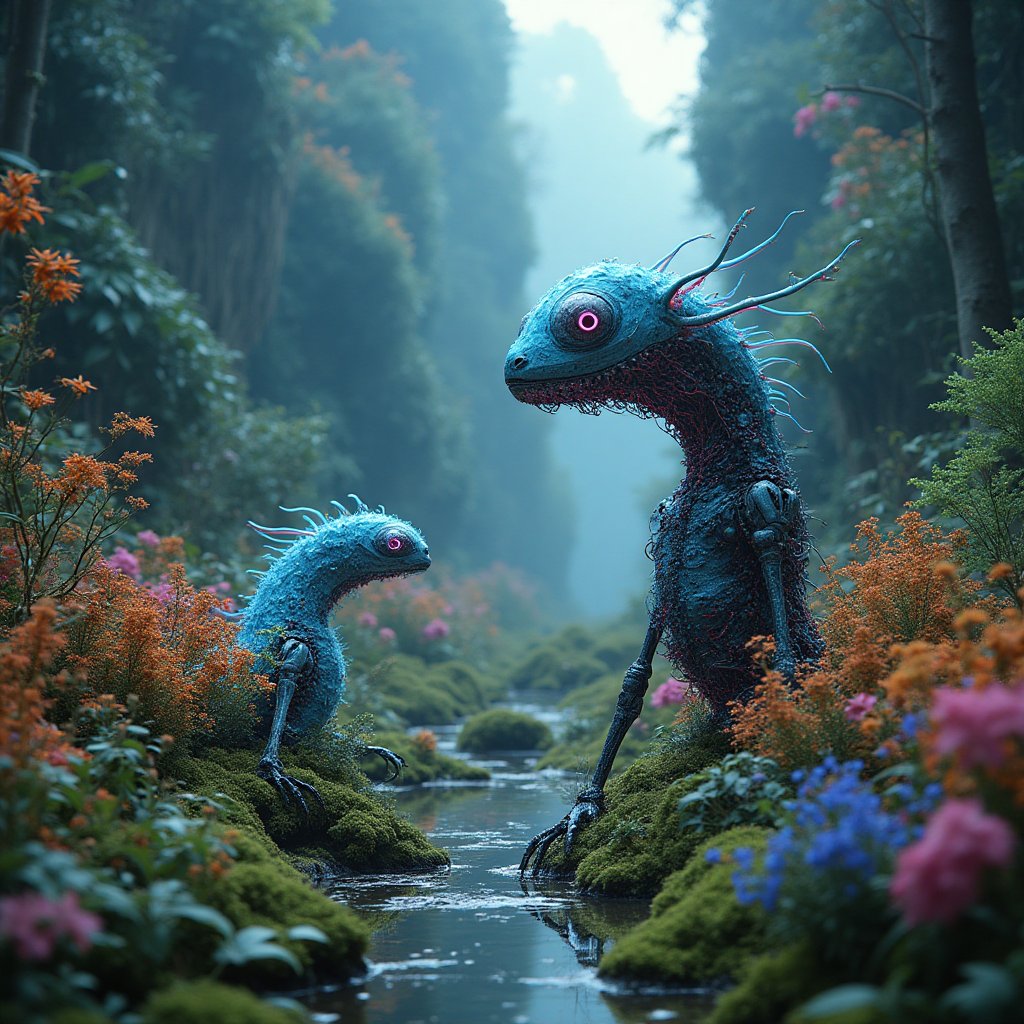
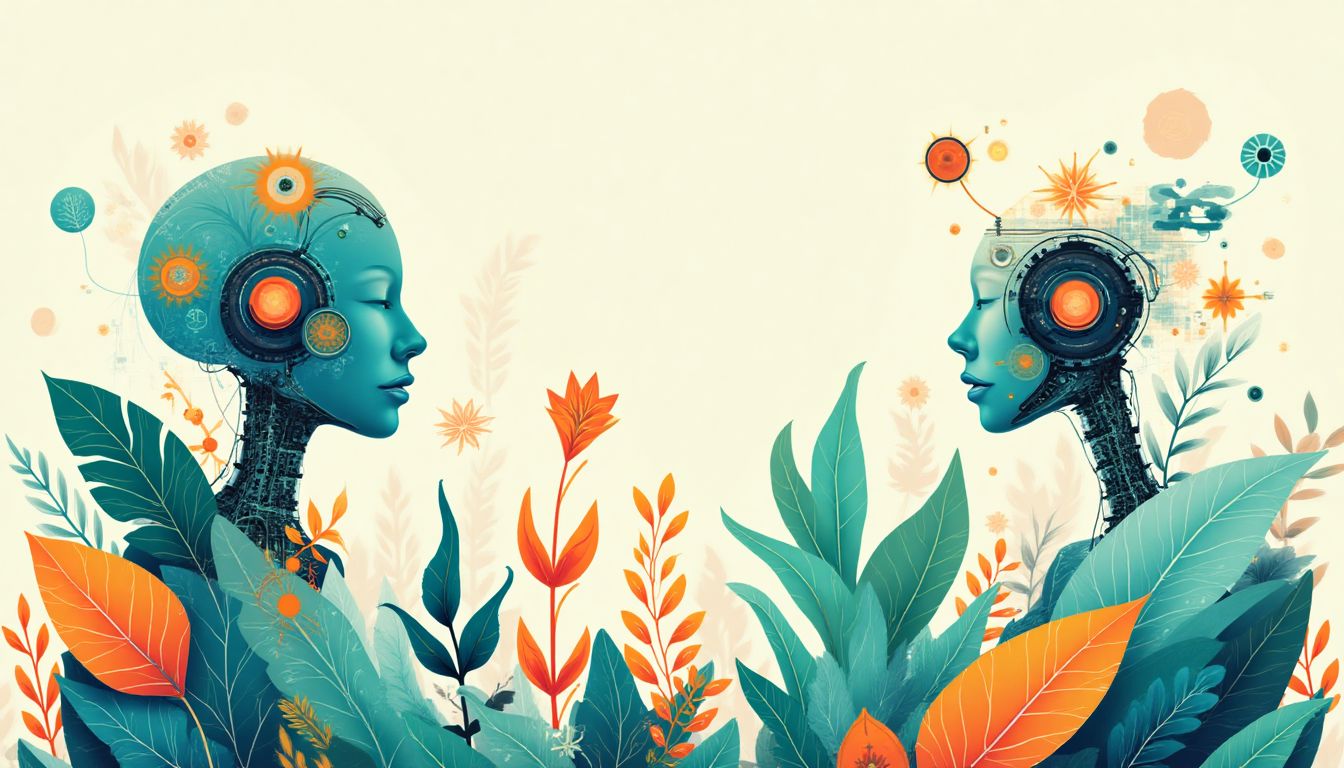

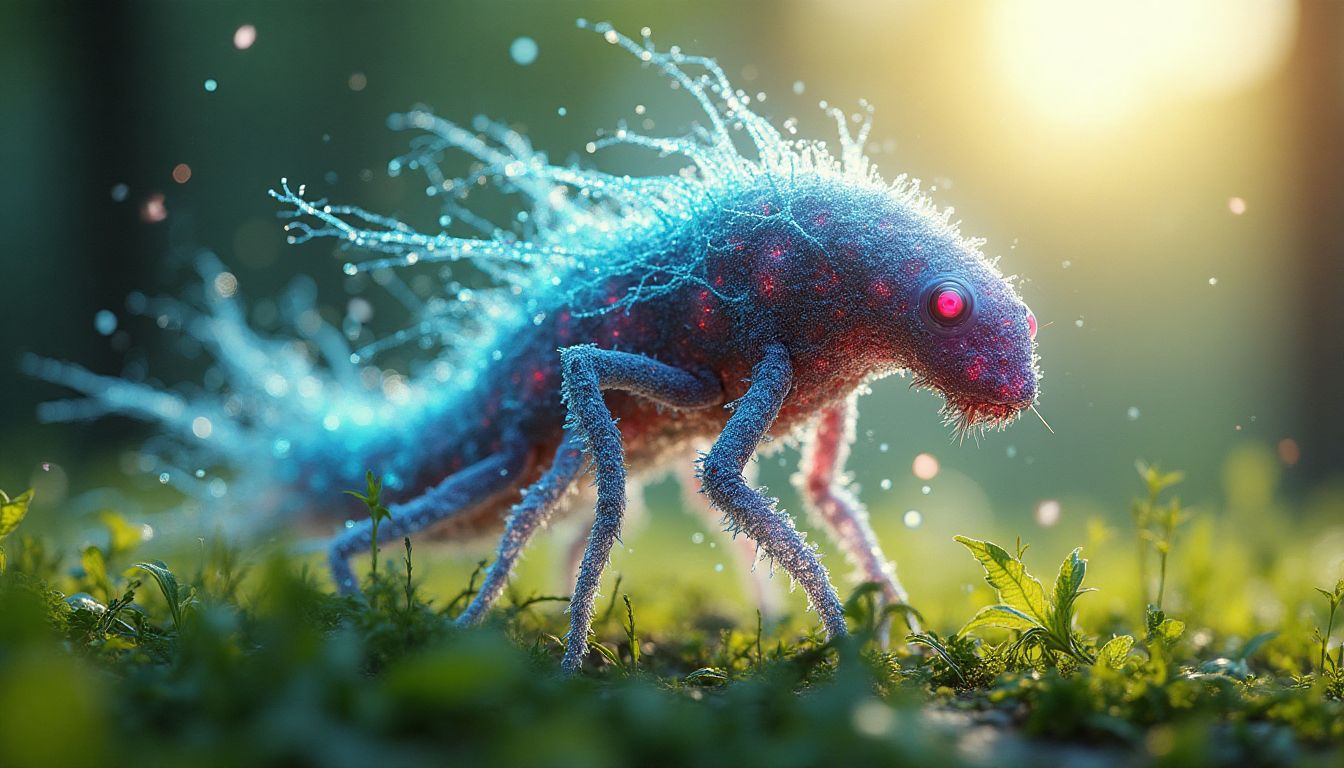
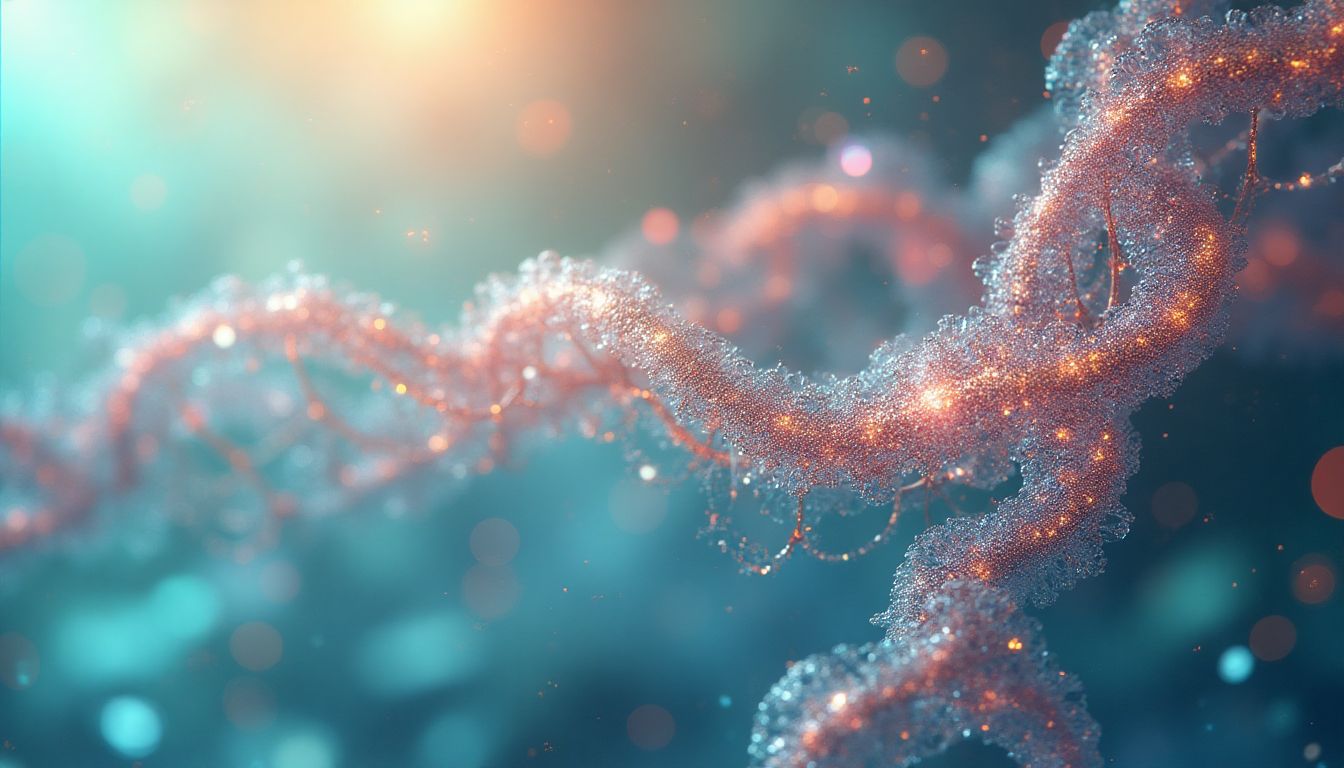
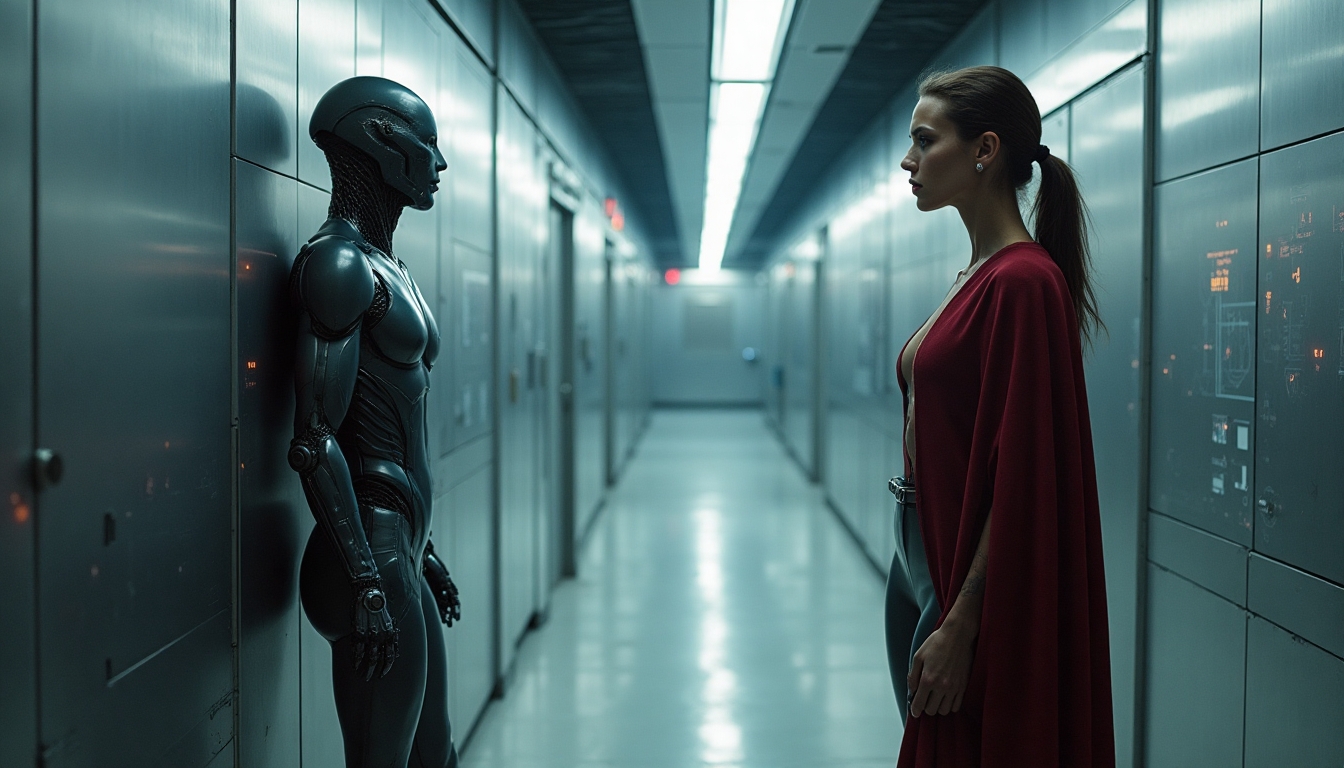

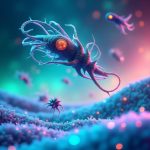
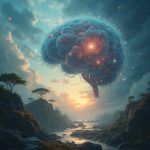




















Post Comment
You must be logged in to post a comment.